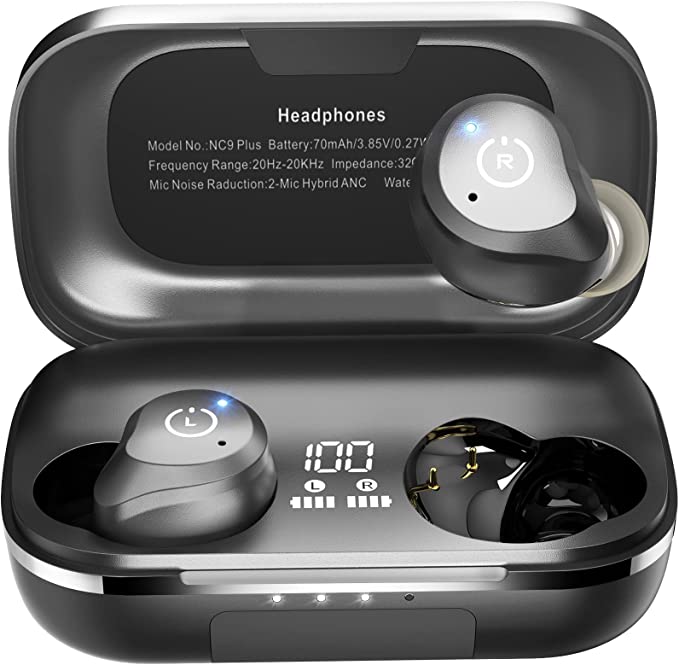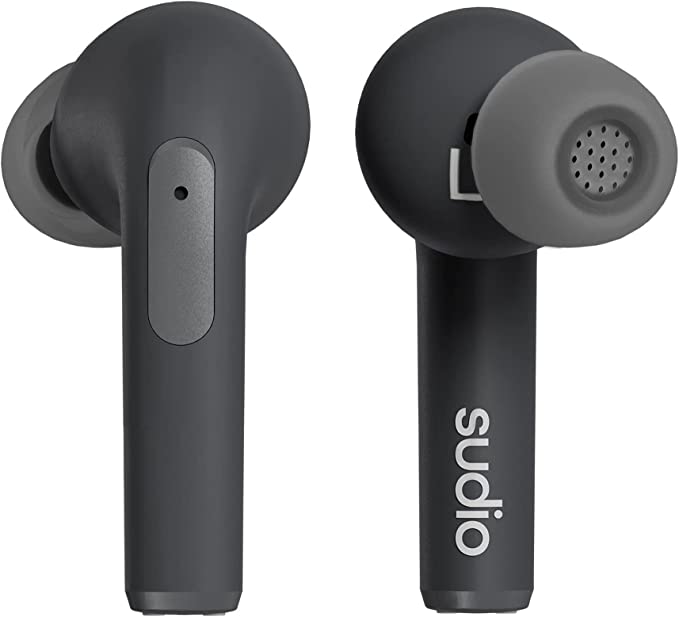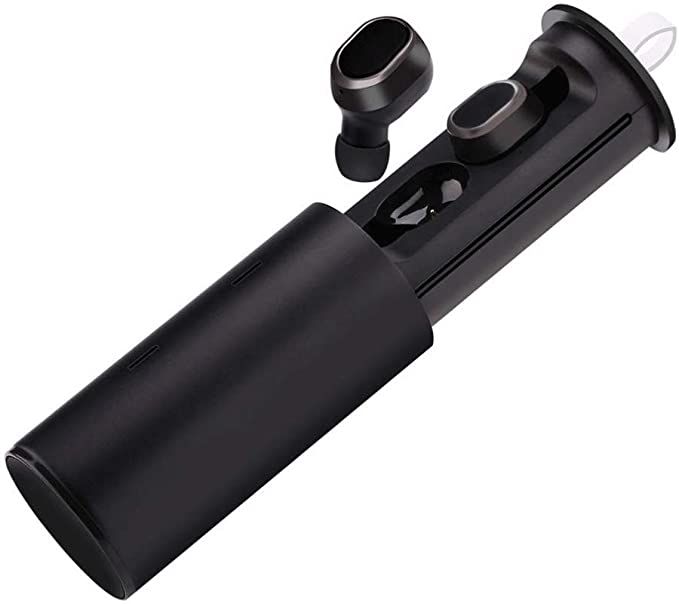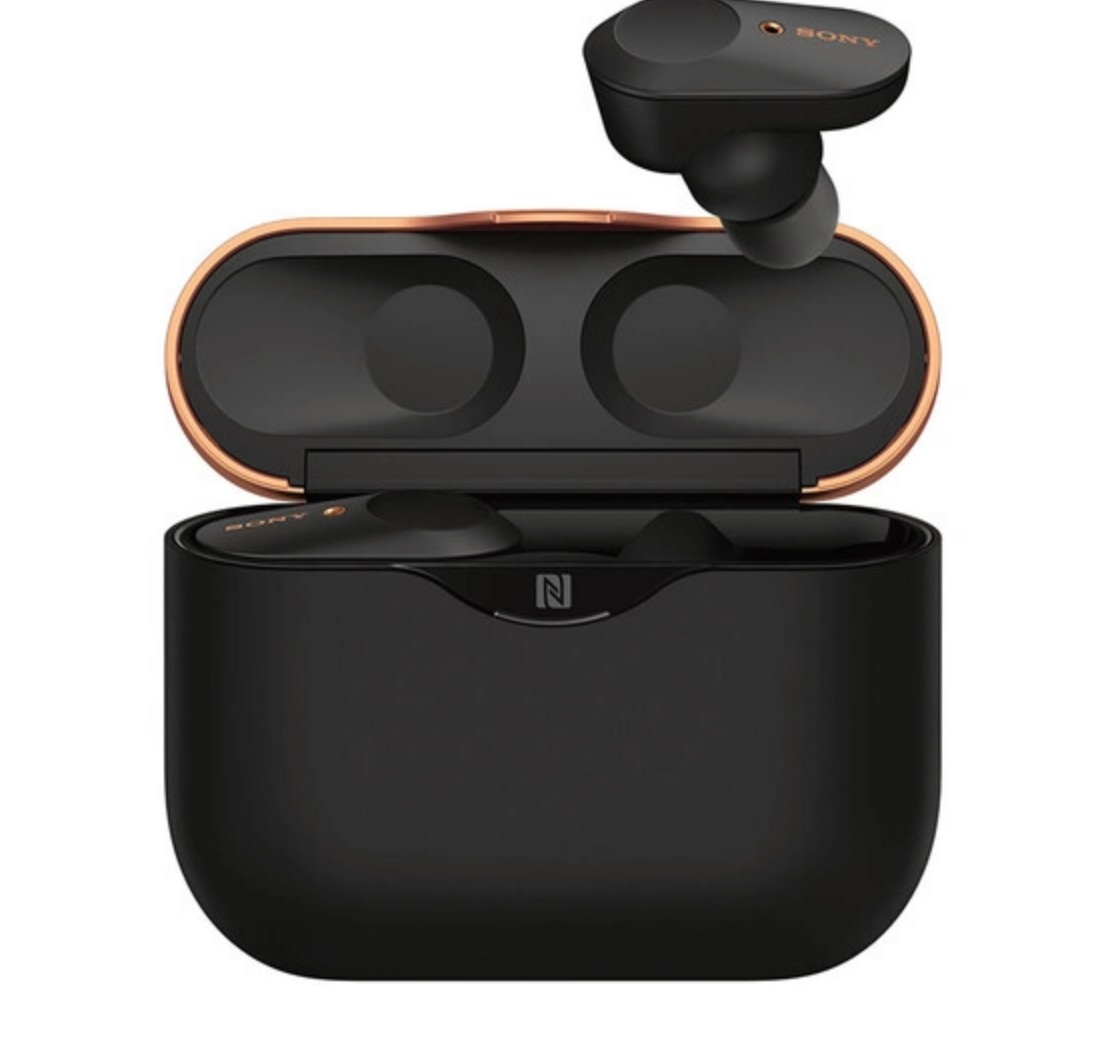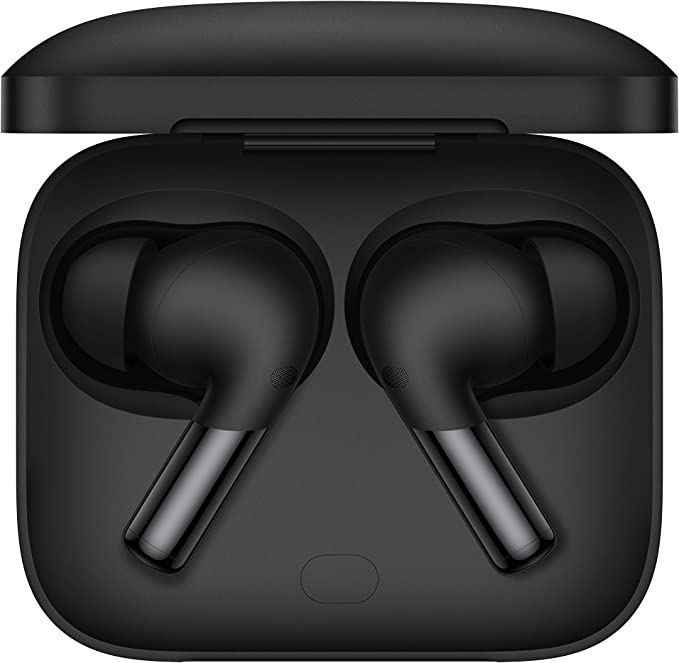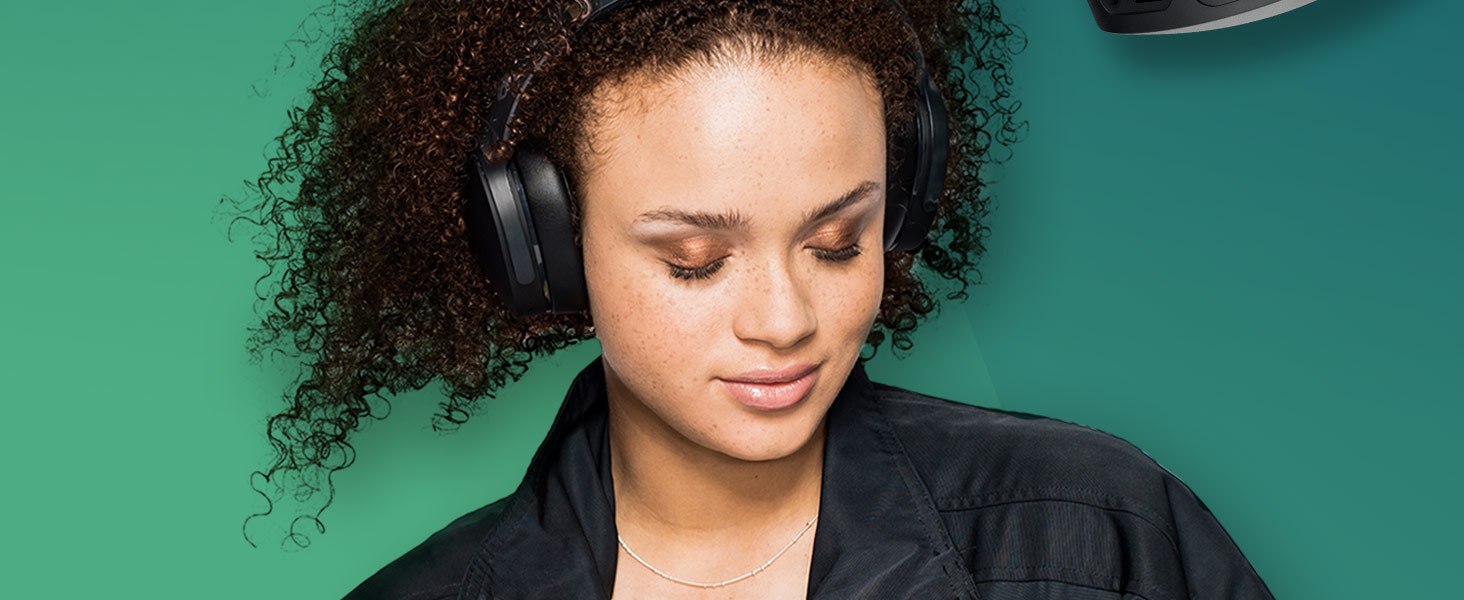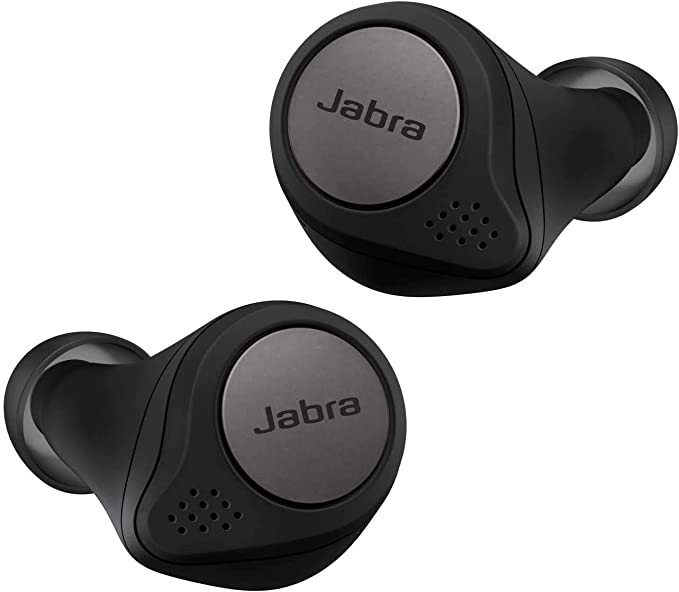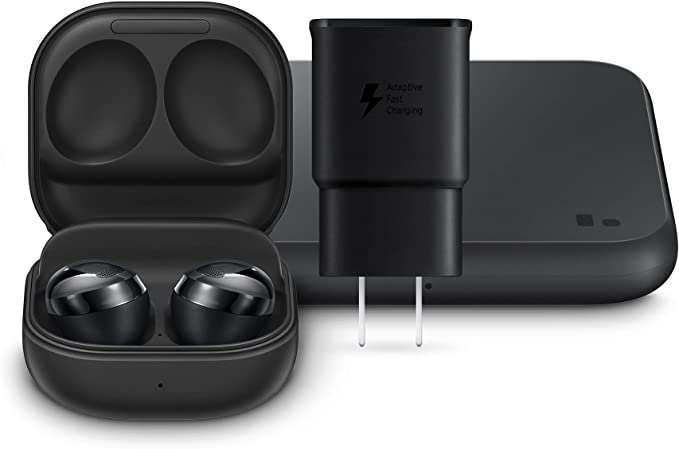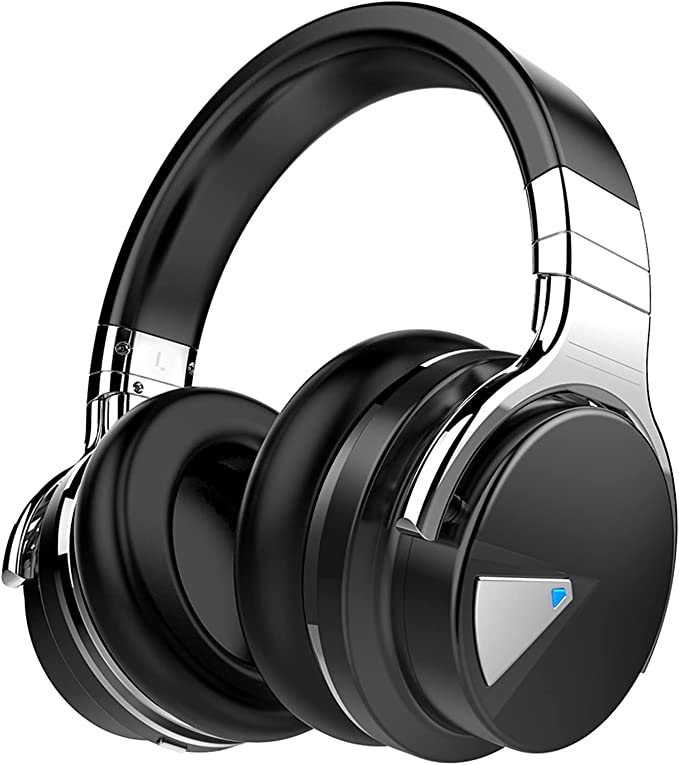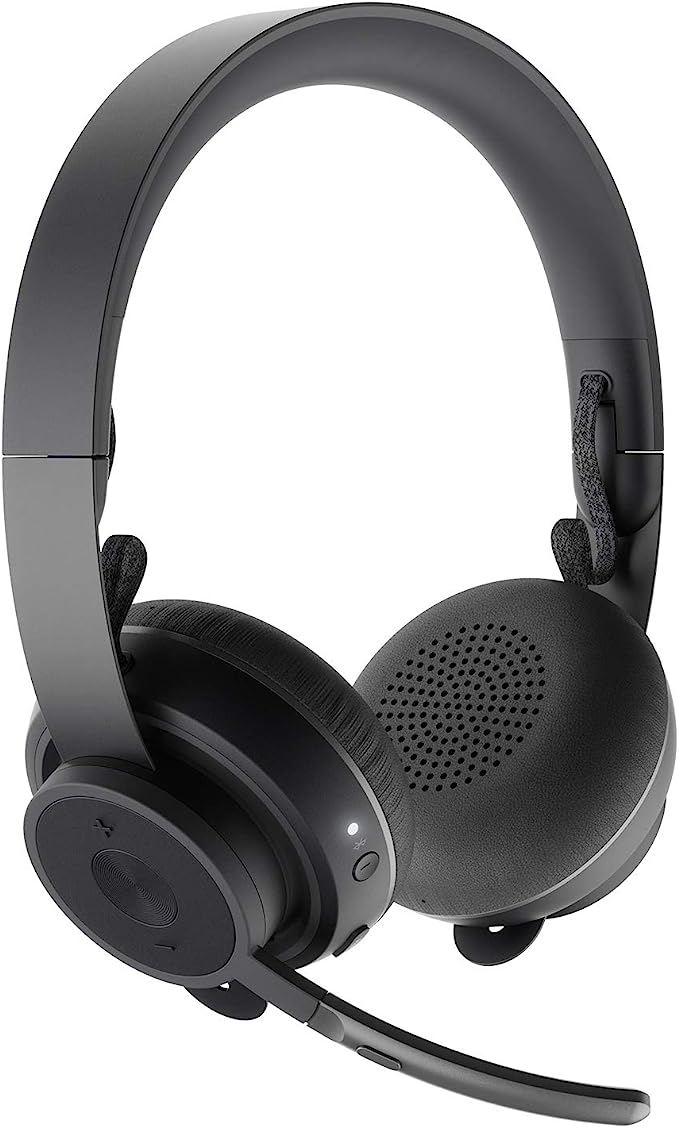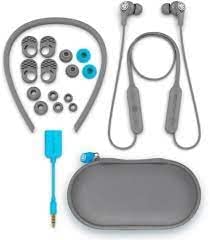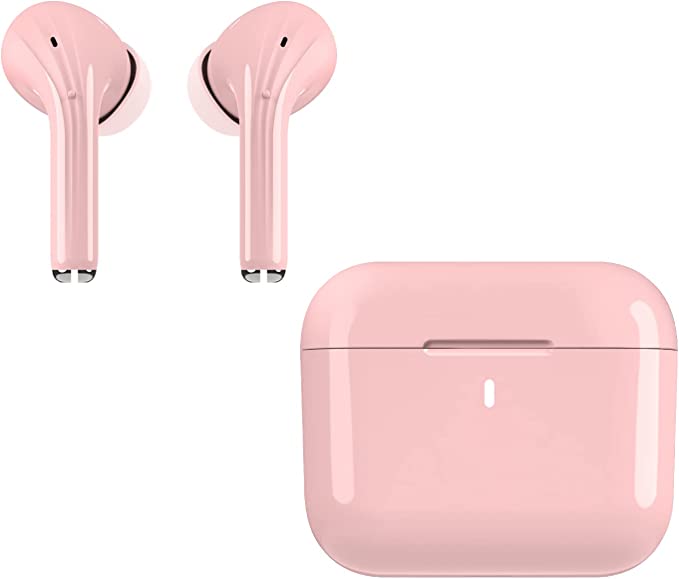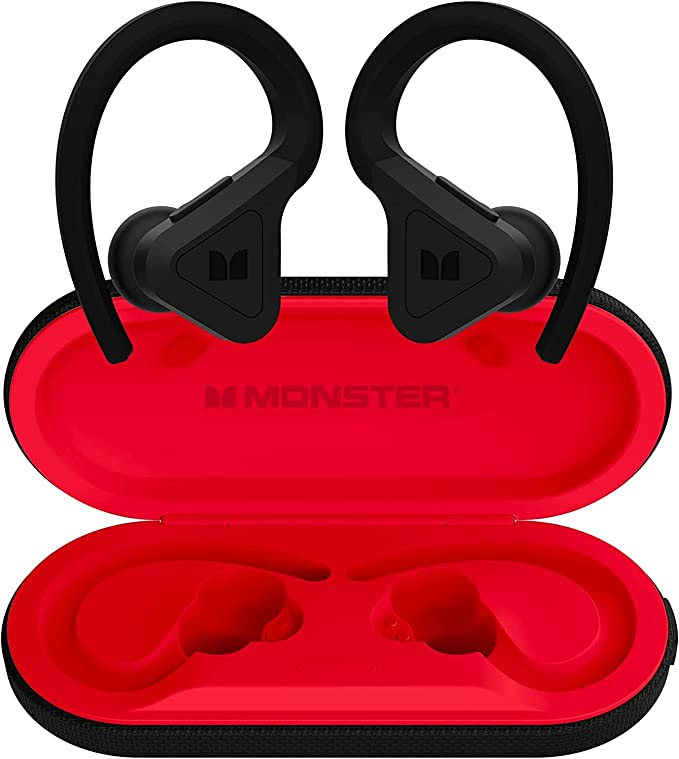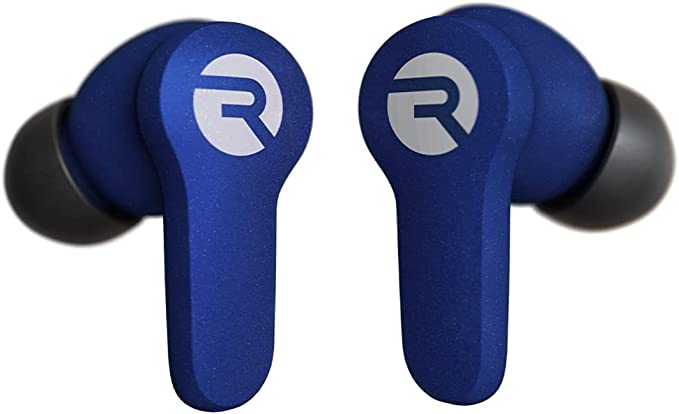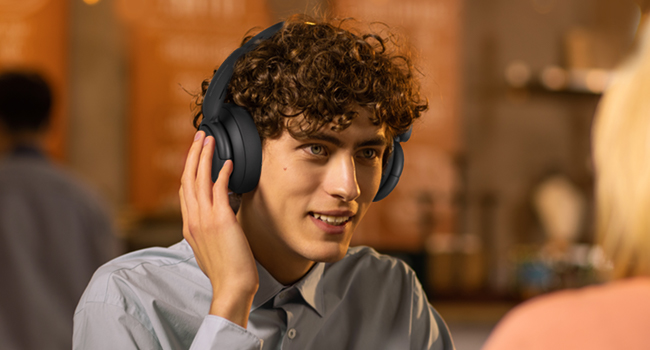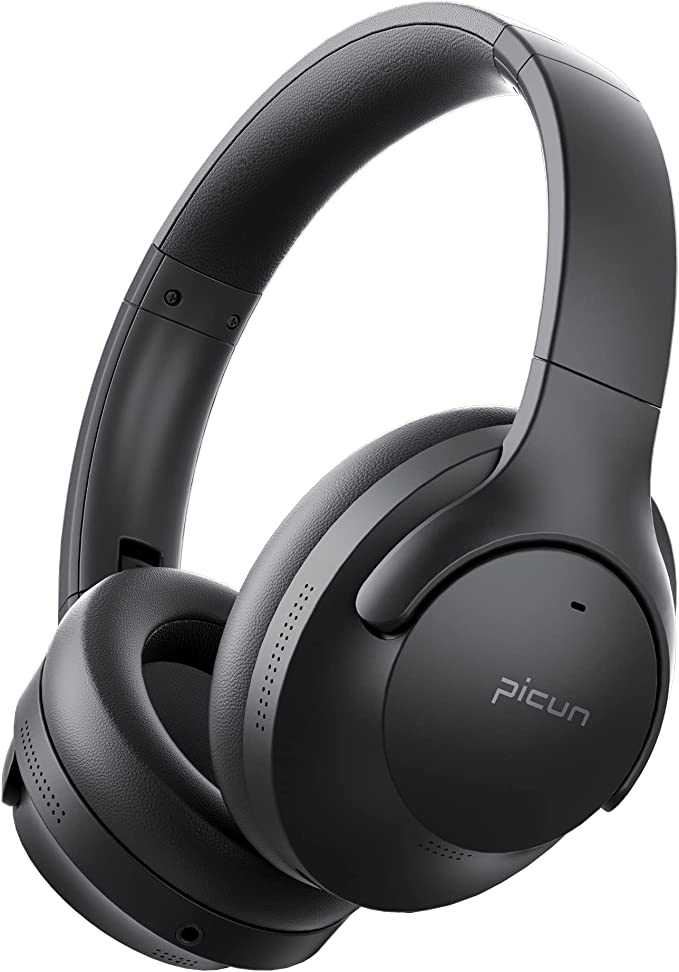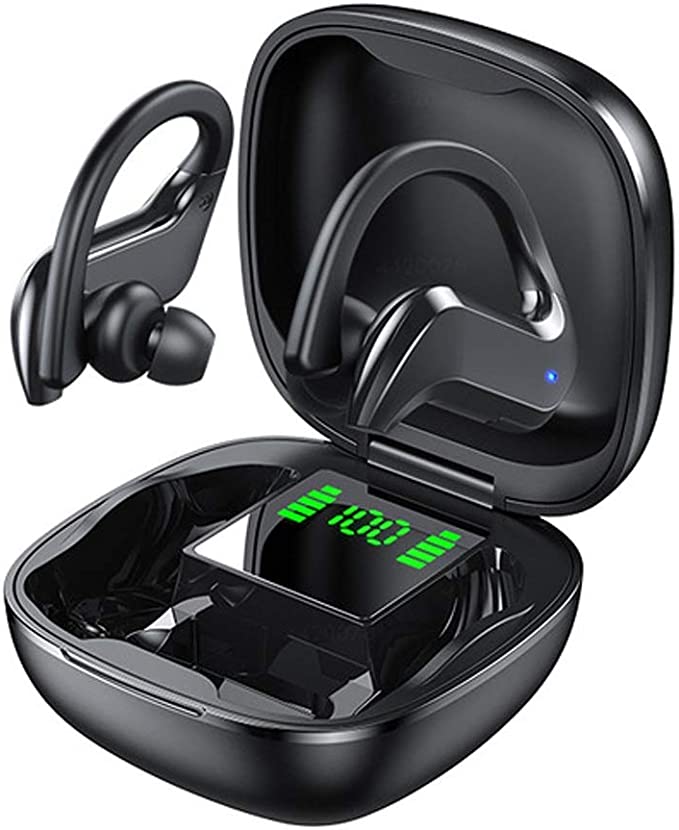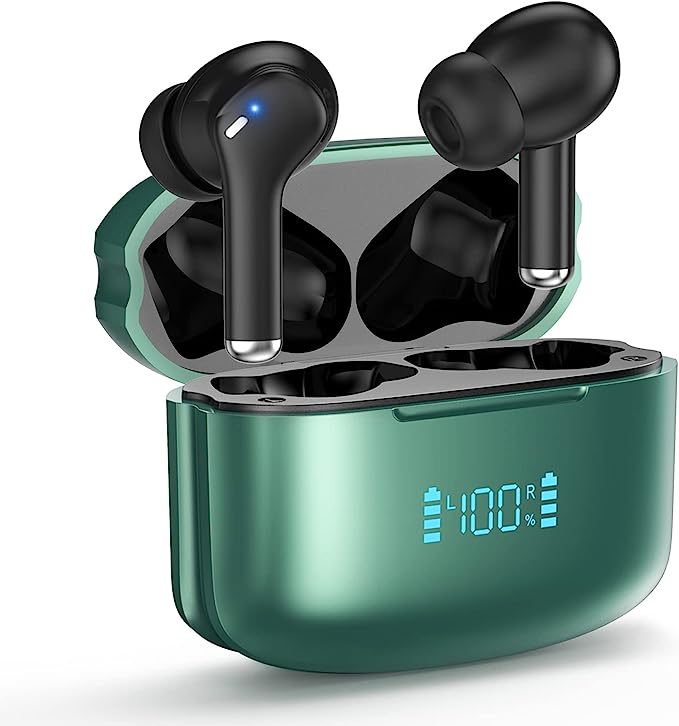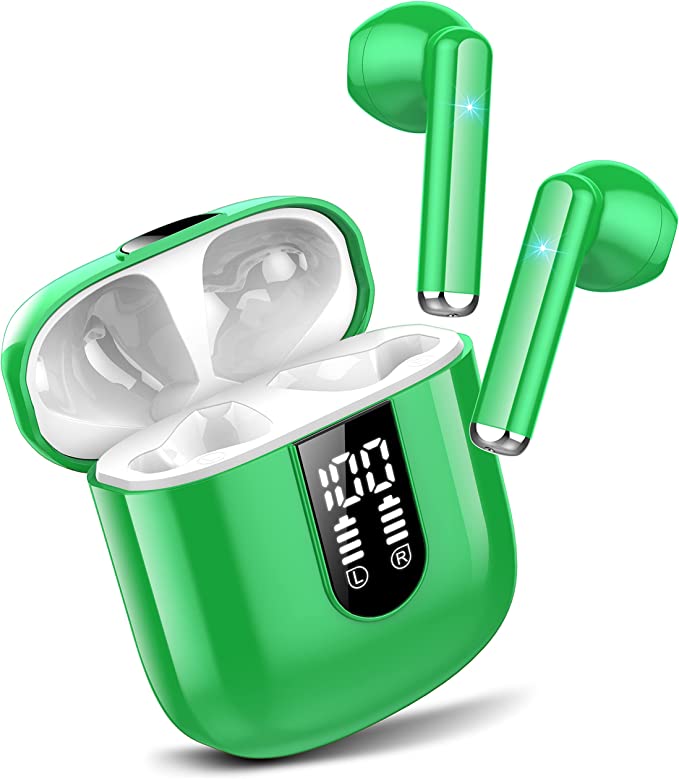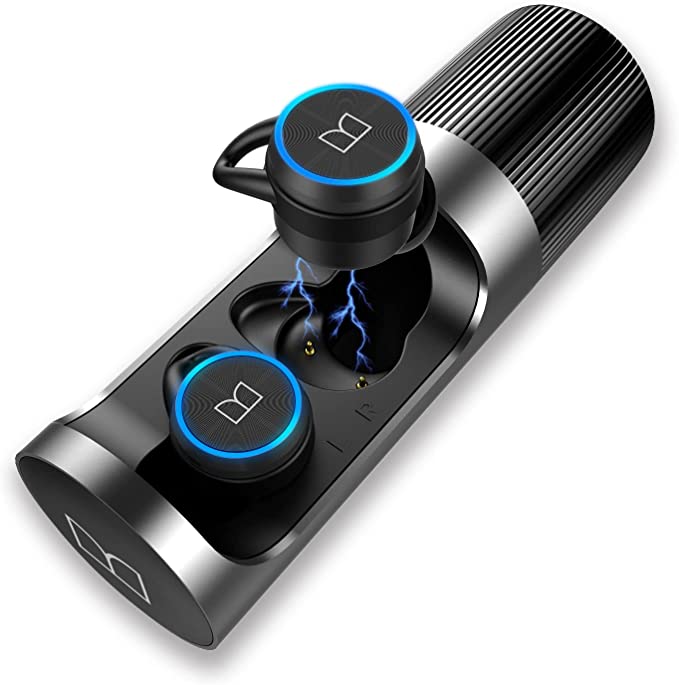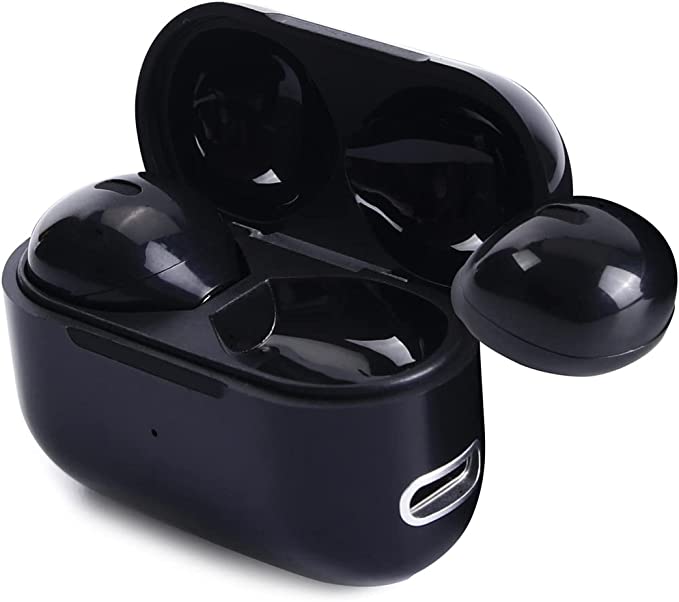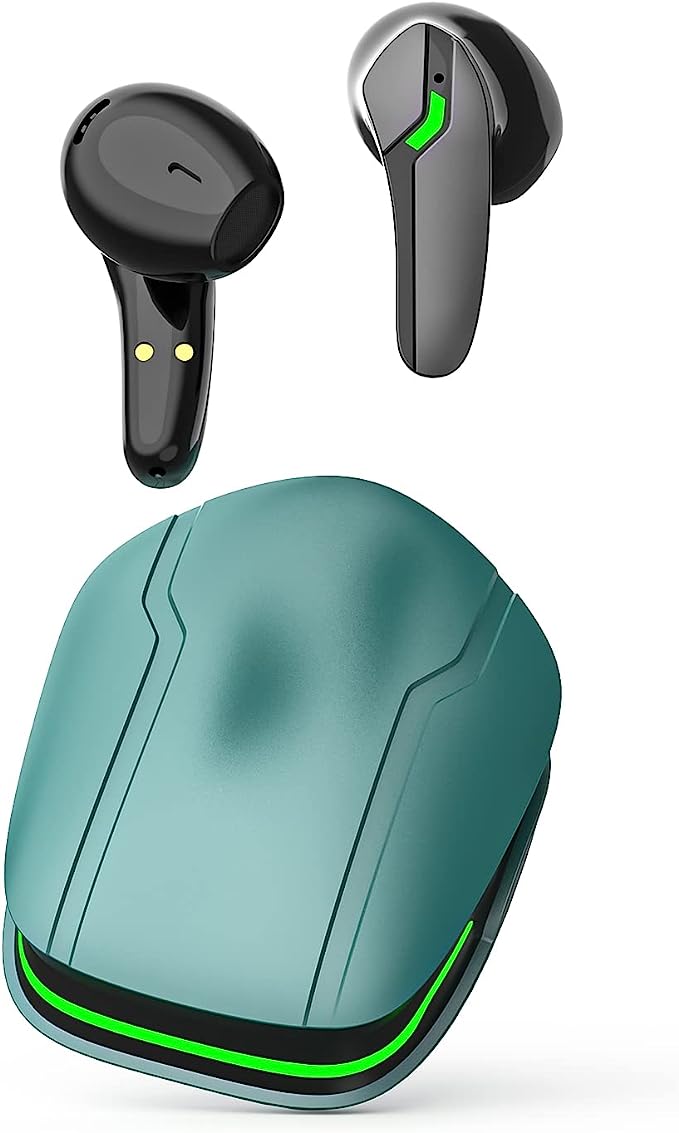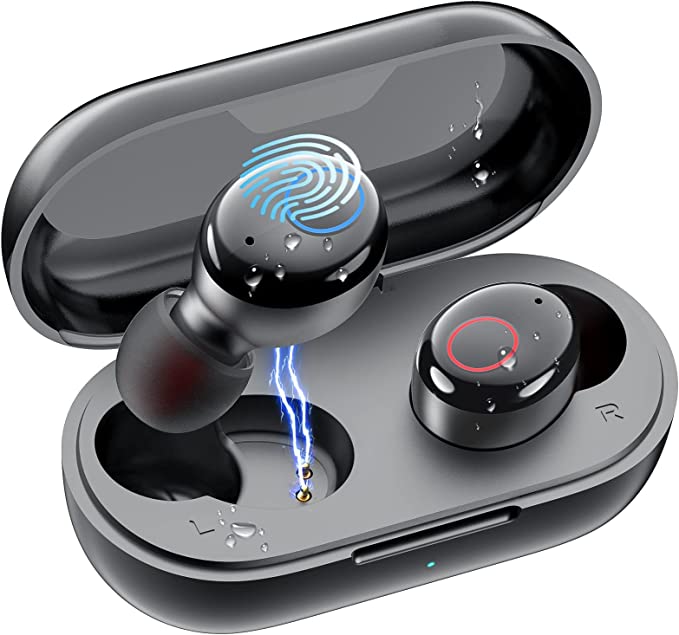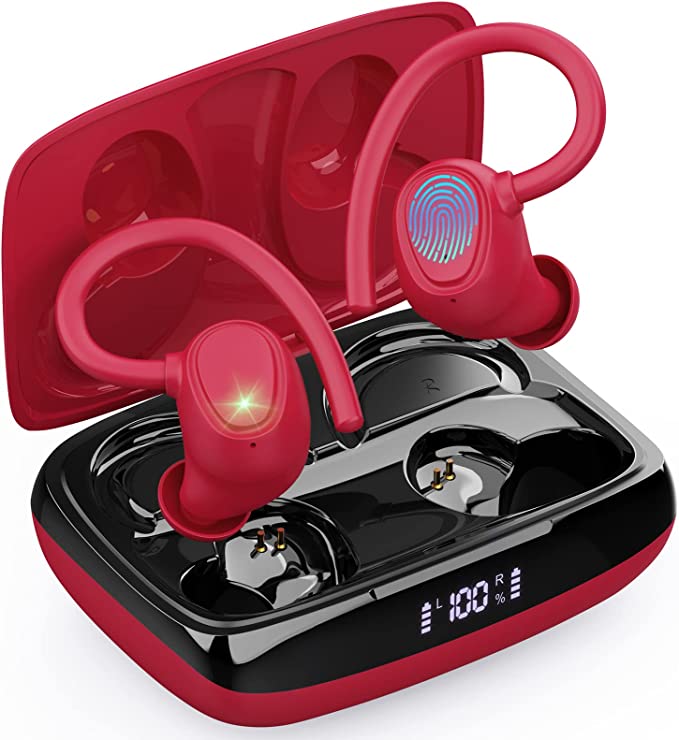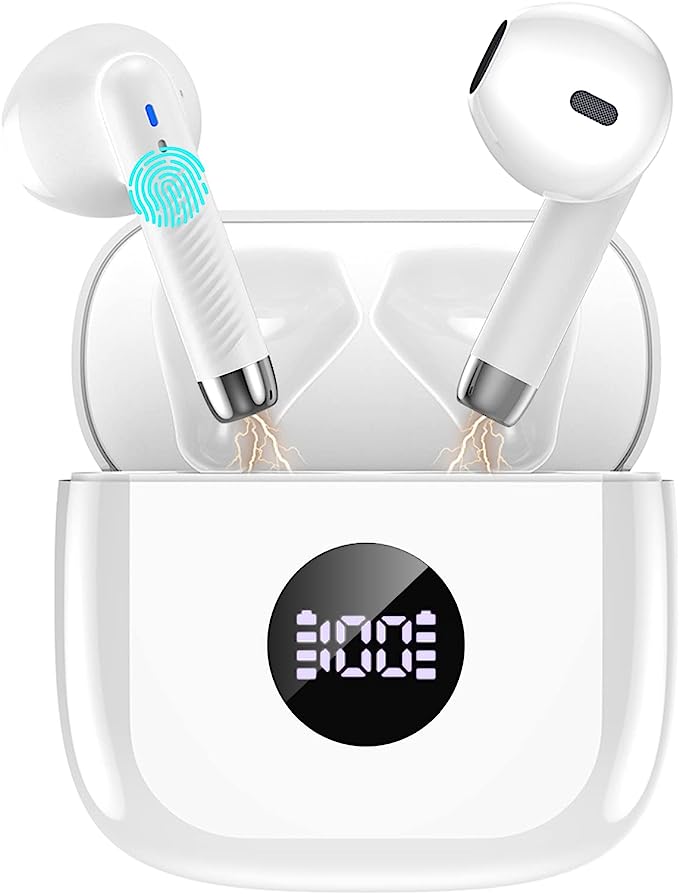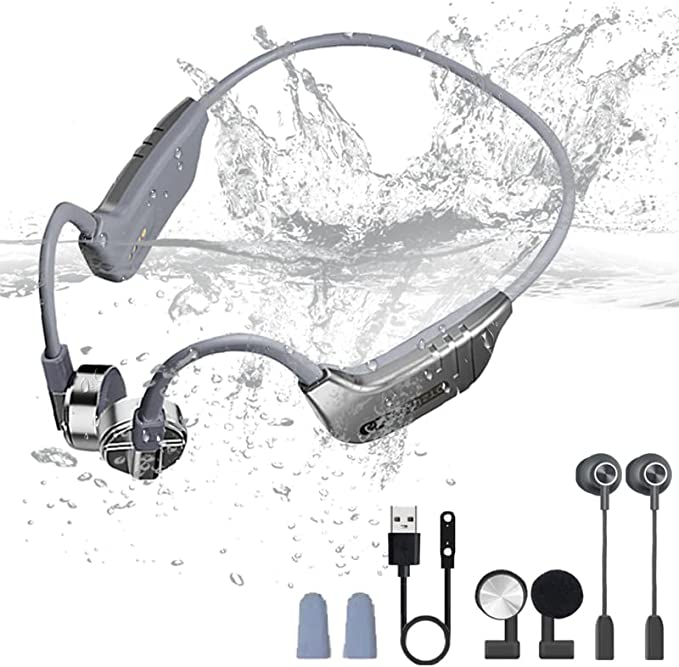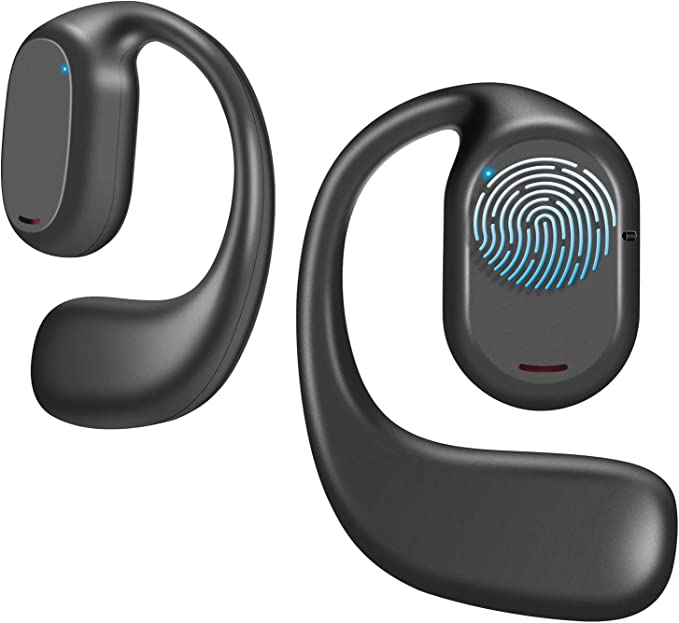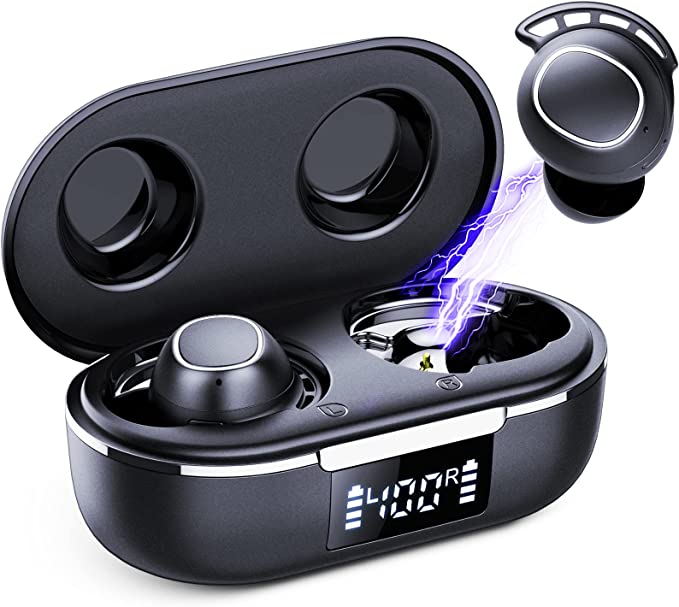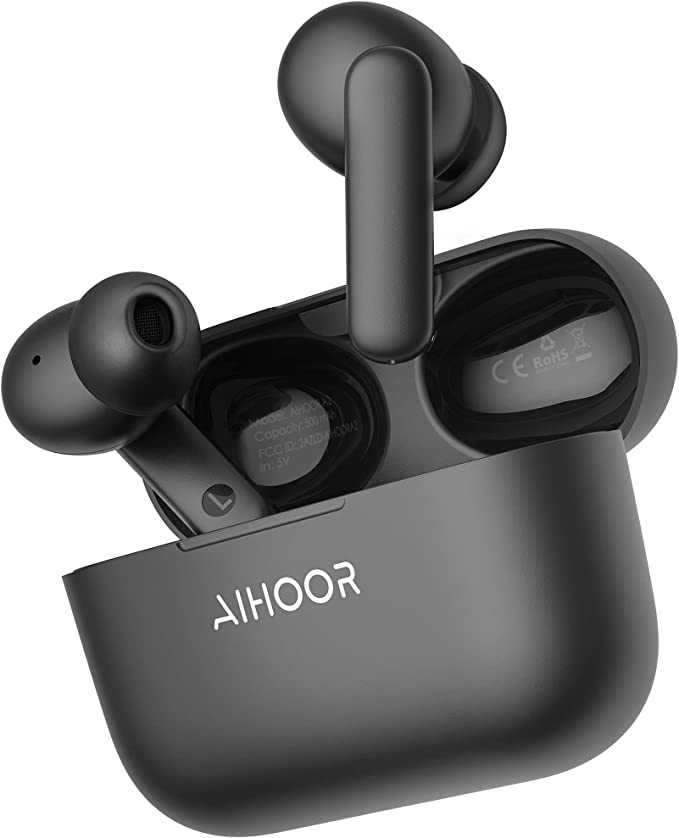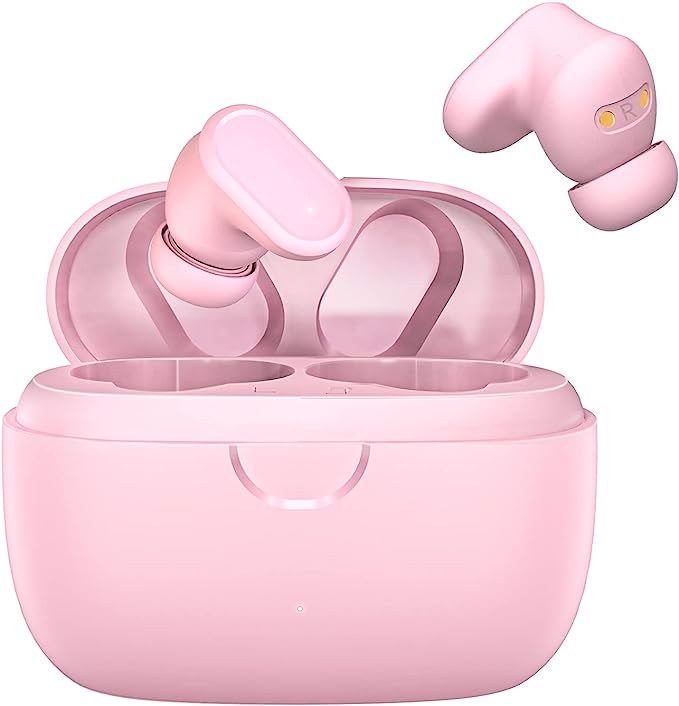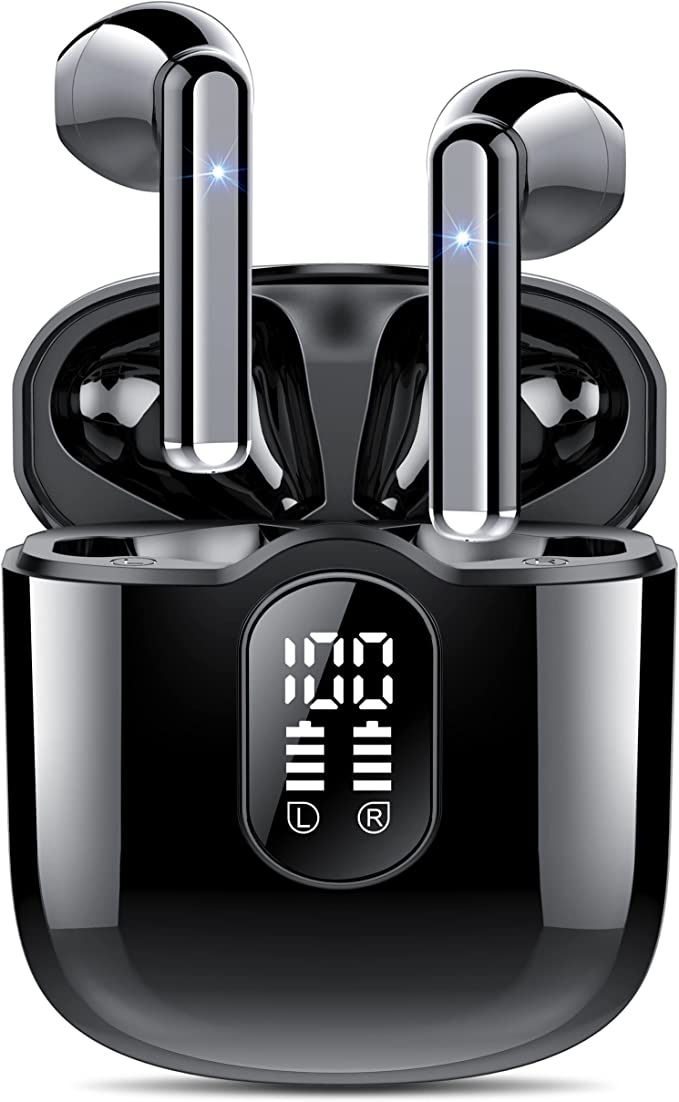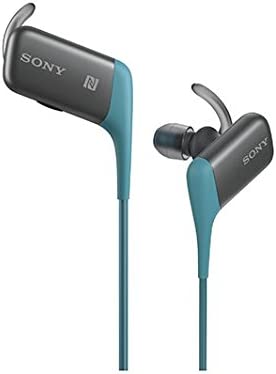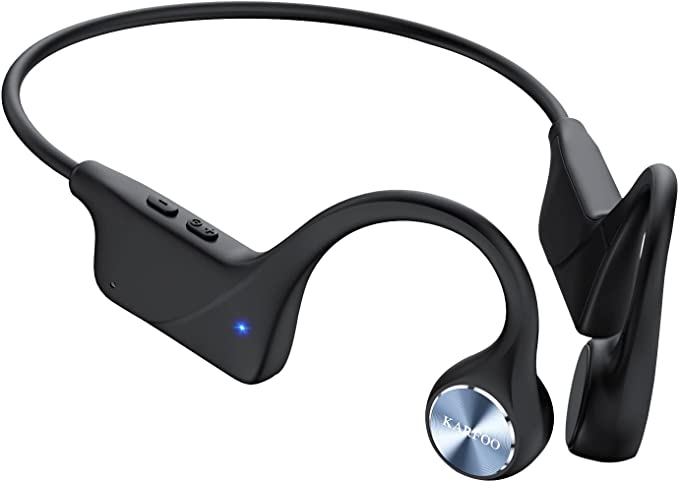Sudio T2 True Wireless Earbuds: Active Noise Cancelling Earbuds with Bluetooth 5.2
Update on July 5, 2025, 4:40 a.m.
Our world sings an unsolicited symphony. It begins with the percussive rumble of the morning train, builds with the staccato clicks of a thousand keyboards in an open-plan office, and finds its crescendo in the chaotic chorus of a busy café. We are, for the most part, unwilling audience members to this daily sonic assault. In this relentless acoustic environment, a profound question emerges: can we ever truly reclaim our right to silence, or at least, become the conductors of our own soundscape?
This isn’t a question of philosophy, but one of physics and engineering. The answer may lie within unassuming devices like the Sudio T2 wireless earbuds, which promise a pocket of personal tranquility. But to understand their power is to look beyond the plastic shell and into the elegant science they command.

Composing a Counter-Melody
The marquee feature, Active Noise Cancellation (ANC), is often presented as a modern marvel, but its story begins decades ago, far from city streets. Imagine the deafening roar inside an airplane cockpit in the 1970s. It was here, out of a critical need for pilots to communicate clearly, that the concept of fighting sound with sound was born. This principle, once a niche solution for aviation professionals, has now been democratized and miniaturized.
At its heart, ANC is an act of composing a perfect counter-melody. Sound travels in waves, with crests and troughs. The Sudio T2’s outward-facing microphone acts as a scout, constantly listening to the ambient noise around you. It identifies the pattern of these incoming, unwanted soundwaves. An internal chip then performs a feat of near-instantaneous musical opposition: it generates a brand-new soundwave that is a perfect mirror image—an “anti-noise” wave. Where the rumble of the bus has a crest, the earbud’s wave has a trough.
When these two waves meet, they engage in a physical phenomenon known as destructive interference. Like a ripple on a pond being perfectly canceled by an opposing ripple, the two soundwaves effectively nullify each other. The result is not absolute silence—the technology is most effective against constant, low-frequency drones rather than sudden, sharp sounds like a dog’s bark. Yet, it masterfully sculpts a cloak of quiet, transforming a cacophonous commute into a serene space for thought or music.

A Spotlight in the Crowd
Once you’ve found your inner peace, the next challenge is connecting with the outer world. We’ve all experienced the frustration of a phone call on a windy street, shouting to be heard over the din. Here, the Sudio T2 shifts from being a shield to being a spotlight, employing a technology called beamforming.
Think of the “cocktail party effect,” our brain’s remarkable ability to focus on a single conversation in a loud room. Beamforming is the technological equivalent. Each T2 earbud uses a pair of microphones working in concert. One continues to monitor the general environment, while the other is positioned to primarily capture the soundwaves originating from your mouth. A Digital Signal Processing (DSP) algorithm—the brain of the operation—intelligently compares the input from both mics. It recognizes the unique characteristics of your voice and amplifies it, while actively diminishing the surrounding chatter and noise. It’s like an audio engineer shining a tight spotlight on a lead singer, letting the sound of the chaotic crowd fade into the background. Your voice, and not the city, becomes the star of the show.

The Unseen Endurance
This symphony of silence and clarity would be short-lived without its rhythm section: the unseen forces of power management and ergonomic design. The claim of a design refined over “17 iterations” and tested on “over 400 ears” is more than a marketing statistic; it’s a narrative of obsession. It speaks to the scientific, data-driven pursuit of a shape that can rest comfortably and securely for hours, acknowledging that comfort is a matter of biomechanics, not chance.
Driving this entire performance is the efficiency of Bluetooth 5.2. This isn’t just about a stable connection; it’s about a fundamental principle of modern electronics—doing more with less. This version of the protocol is optimized for low-energy communication, sipping power instead of gulping it. This careful energy budget is what allows for up to 7.5 hours of continuous playtime, with the charging case acting as a power reserve for a total of 35 hours. The ability to gain two hours of listening time from a mere ten-minute charge isn’t a gimmick; it’s a practical solution engineered for a life that rarely pauses.

Conducting Your Soundscape
In the end, a device like the Sudio T2 is more than a collection of features; it is an instrument of control. By mastering the physics of sound, it hands the conductor’s baton back to the user. It acknowledges that in our hyper-connected, often overwhelming world, the ability to manage our own auditory environment is not a luxury, but a necessity for focus, connection, and well-being.

This focus on the core acoustic experience comes with deliberate trade-offs, as reflected in user feedback. The absence of features like wireless charging or a dedicated customization app is not an oversight, but a choice—a decision to pour engineering resources into the perfection of sound and silence. It is a testament to a design philosophy that prioritizes the fundamental experience over a checklist of extras.
So, as we stand in the midst of our own unsolicited symphonies, the real question these technologies pose is a personal one. Now that you have the power to quiet the world and amplify a single voice, what will you choose to listen to?
